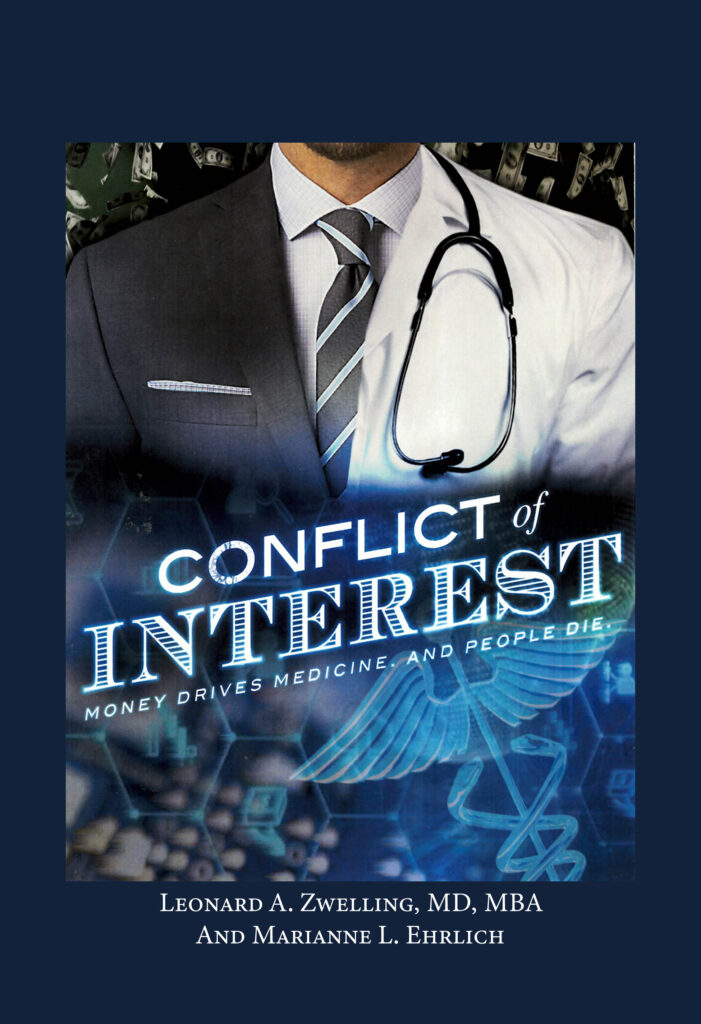Shared Governance White Paper: 2016
By
Leonard Zwelling
https://www.utrgv.edu/facultysenate/_files/documents/content/utsystem_fac_shared_governance.pdf
You can find it through a Google search—”Shared Governance UT System.”
It’s a comprehensive, 10-page white paper prepared by the University of Texas System Faculty Advisory Council in 2016.
To make a long story short, it lays out the issue of shared governance as it ought to be practiced in UT system components. It outlines six essential elements of shared governance and twelve best practices to implement to reach appropriate shared governance between the university component’s leadership, its administration, and its faculty.
First, the number one important takeaway from this document is that faculty are not employees. Faculty at university components are in a unique position that has no equivalent in corporate America despite what many leaders and administrators at these components believe. This is the key first principle that must be accepted by leadership if there is to be any progress in the shared governance of these academic entities.
Next, in the document, there are points made in the introduction worthy of thought.
- Shared governance is put in place to “protect quality and productivity from short-sighted decisions. Shared governance creates a highly effective team culture of “all-in” on a campus.” This is the antithesis of what is occurring at MD Anderson now and is humorous given Dr. Pisters’ claim to wanting One MD Anderson. He can’t even pull the faculty together.
- Academic institutions are not corporations. MD Anderson has become more and more corporate under the leadership of Drs. DePinho and Pisters. This is an anti-academic approach to governance.
- Shared governance is codified in Regents’ Rules and Regulations. Rule 40101 states, “the faculties of the institutions regularly offering instruction shall have a major role in the governance of their respective institutions.” Rule 20201:4.9 (b) requires the leadership of these institutions to allow for review of any new policies prior to their implementation by the faculty governance organization.
The survey of the UT campuses in 2016 showed that six had serious problems with little or no shared governance and four were moderately effective. The names of these institutions are not listed in the document. I wonder how much better things are now if at all.
Then come the six essential elements of shared governance:
- A well-functioning partnership among the president, faculty, and other stakeholders.
- A culture of caring, mutual respect, and trust.
- Bidirectional, transparent communication without fear or threat of reprisal.
- An organization that is recognized as the voice of the faculty.
- Shared decision making.
- A proclivity for action and persistent follow-up.
This blog would argue that none of these essential elements are currently extant at MD Anderson.
As for the twelve best practices, these include a faculty governance body that has input into important decisions, adequate administrative support for the faculty governance organization, the development of a legitimate faculty evaluation tool, clarity in appeals processes for the faculty with regard to adverse decisions, close cooperation of that organization and the president, an upward evaluation tool of the leadership, and a mechanism to bring unresolvable issues to the UT System.
It was clear to me from this six year old document that little progress in regard to the these recommendation has been made under either Dr. DePinho or Dr. Pisters at MD Anderson. I have no idea how well MD Anderson was thought to be adhering to these principles in 2016.
Try again in 2022?
It is up to the Faculty Senate to raise these issues with the executive leadership of MD Anderson and should no reasonable accommodation be made by that leadership of MD Anderson, convey that dissatisfaction to the powers in Austin.
But first, the Faculty Senate has to galvanize the faculty behind it. When the faculty decide that the Faculty Senate is its voice, that voice will finally be heard in Pickens Tower and in Austin.





6 thoughts on “Shared Governance White Paper: 2016”
Hear, hear! Since it’s inception in 1991, the MDACC Faculty Senate has fought long and hard to establish and maintain its rightful role in institutional shared governance. As a former Senate chair, I (and, I’m sure, other former chairs) will do everything honorable and legal to make sure that role is continued. But this starts with Senate action. I’m anxious to assist.
Please contact the Senate leadership
Agree…. Please contact the Faculty Senate. It would be very impactful and meaningful for previous leaders to step in. Concern about the current trajectory, and the associated implications, with the advantage of historical leadership perspective during the Golden Years would carry a great deal of credibility. The faculty now are terrified and feeling helpless.
David: I leave this ball in your court. LZ
The corporatization started under Mendelsohn. Otherwise you are correct.
The place also works better with Faculty Input. All Universities work better with Faculty input.
It was indeed under Mendelsohn when the coin of the realm shifted from academic excellence to financial expansion.